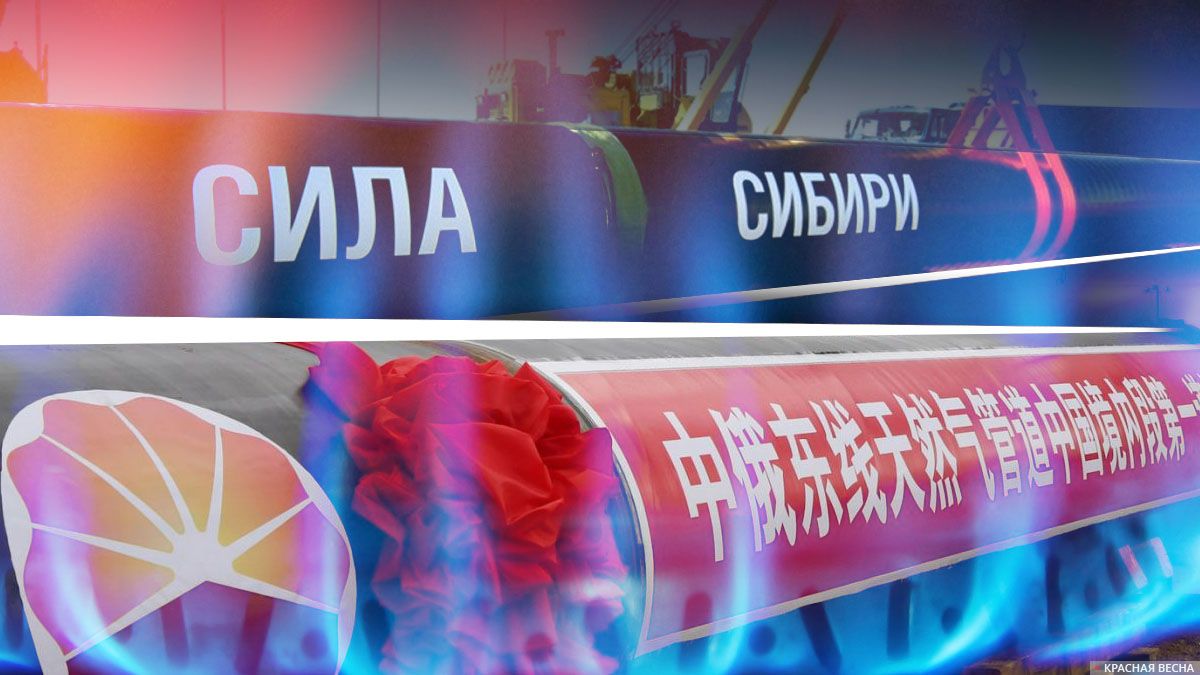
The results of the first years of operation of the “Power of Siberia” gas pipeline were evaluated and forecast until the middle of the 21st century by specialists from the Center for Economics of Subsoil Use of Oil and Gas of the Institute of Geology and Geophysics of Petroleum and Gas. Gas. has the name of. AA Trofimuk (INGG) SB RAS, May 28, the institute’s press service reports.
The Siberian Force gas pipeline, which came into operation at the end of 2019, has become one of the key growth points for the economy of Eastern Siberia and the Far East. It extends across the territory of five constituent entities of the Russian Federation: the Irkutsk and Amur regions, the Jewish Autonomous Region, the Republic of Sakha (Yakutia) and the Khabarovsk Territory, opening up new prospects for industrial development for them.
As noted by INGG SB RAS, the “Power of Siberia” gas pipeline makes it possible to develop multicomponent gas reserves from single deposits, including those containing such valuable components as helium. The gas pipeline system is the most important infrastructure facility that stimulates the emergence and development of gas processing and gas chemistry industries in eastern Russia. “These companies will produce high-value products with high added value.”
The Siberian Power allows the export of up to 38 billion cubic meters of natural gas per year. In 2023, the volume of gas supply through the gas pipeline reached 22.7 billion cubic meters and this figure will continue to increase.
Currently, the main recipient of gas through this pipeline is China, but the Siberian Power is expected to become the basis for the gasification of the southern and southwestern regions of Yakutia and the Far East.
The gas pipeline supplies blue fuel from unique natural gas fields – Chayandinskoye and Kovyktinskoye, the reserves of which will last until the end of the 21st century.
The Chayandinskoye oil and gas condensate field is located in the Lensky region of Yakutia. Its reserves are estimated at 1.04 billion cubic meters of gas and the expected level of production in the field is 25 billion cubic meters of gas per year. In addition, its gas contains a large amount of helium.
Since the start of development, which was synchronized with the launch of the Power of Siberia in 2019, 35 billion cubic meters of gas have been produced at the Chayandinskoye field, and by 2051 this figure will increase to 721.2 billion cubic meters . By then, according to INGG SB RAS, 63.5% of the deposit’s reserves will have been produced.
The Kovykta gas condensate field, located in the east of the Irkutsk region, was commissioned by order of President Vladimir Putin in December 2022, including for the needs of the Siberian Power. Its reserves amount to 1.65 trillion cubic meters of gas, which also contains a lot of helium.
So far, the field has produced only 3.3 billion cubic meters of gas, but the estimated annual production level is up to 27 billion cubic meters per year, and by 2051 production should reach a total of 665, 1 billion cubic meters of gas. At the same time, according to the forecast of the Institute of Geography and Geography SB RAS, this will amount to 43.7% of the total reserves of the field.
But in addition to these fields, it is planned to connect Gazprom’s Yakut fields, Tas-Yuryakhskoye and Verkhnevilyuchanskoye, to the Power of Siberia gas pipeline. It is possible that the fields of other subsoil users are also connected to the “Siberian power”, although INGG SB RAS states in its analysis that until 2050 the gas pipeline will be supplied entirely from Gazprom’s own raw materials base.
Source: Rossa Primavera
I am Michael Melvin, an experienced news writer with a passion for uncovering stories and bringing them to the public. I have been working in the news industry for over five years now, and my work has been published on multiple websites. As an author at 24 News Reporters, I cover world section of current events stories that are both informative and captivating to read.
